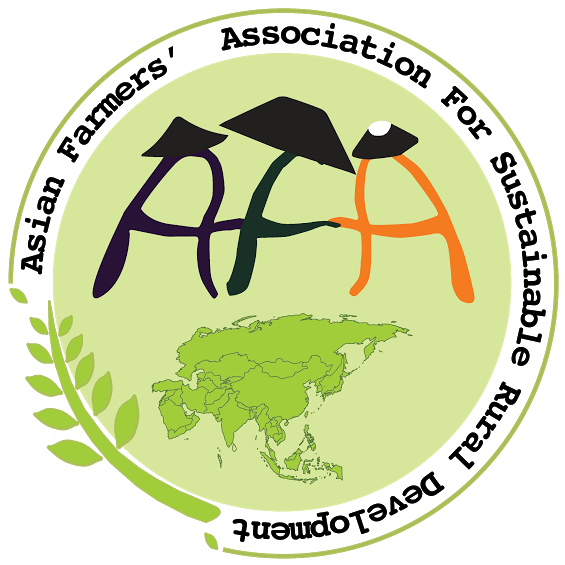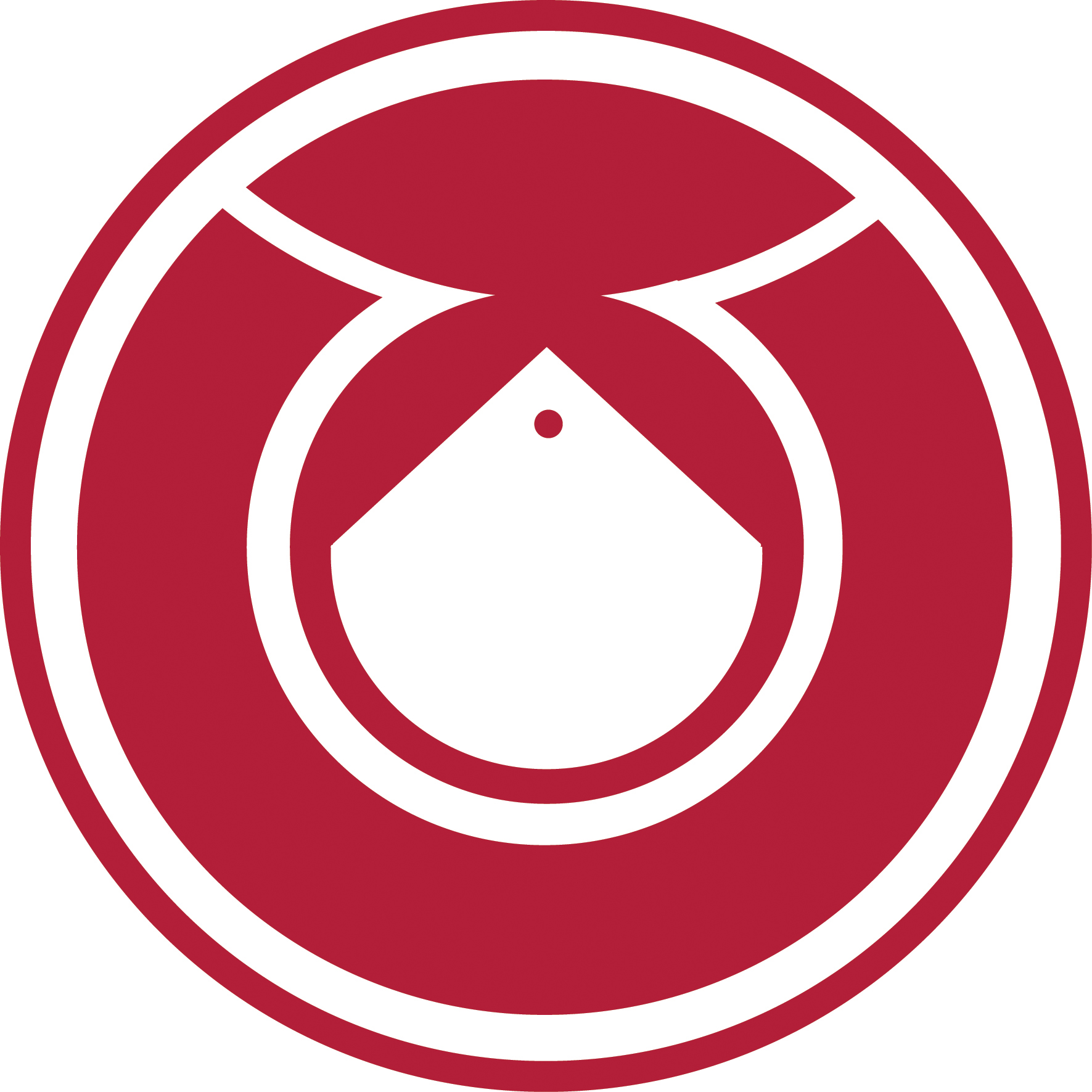Steering Committee

The Food and Agriculture Organization (FAO) is a specialized agency of the United Nations that leads international efforts to defeat hunger.
Our goal is to achieve food security for all and make sure that people have regular access to enough high-quality food to lead active, healthy lives. With over 194 member states, FAO works in over 130 countries worldwide. We believe that everyone can play a part in ending hunger.

The Asian Farmer’s Association for Sustainable Rural Development (AFA) is an Asian alliance of national farmers organizations composed of small scale women and men family farmers, fishers, indigenous peoples, forest users, herders and pastoralists. Their goal is to strengthen the capacities of national farmer organizations, leading to the eradication of poverty and hunger, increased resilience, and sense of well-being of family farmers in Asia.

The College of Development Communication (CDC) of the University of the Philippines Los Baños has been recognized as the pioneer in the practice and study of development communication in the Asian region. CDC is the only academic institution in the world that offers Bachelor of Science, Master of Science, and Doctor of Philosophy programs in Development Communication

Digital Green a global development organization that empowers smallholder farmers to lift themselves out of poverty by harnessing the collective power of technology and community partnerships. They disseminate agricultural information to rural communities using locally produced videos.

AMARC Asia-Pacific is the regional autonomous chapter of the World Association of Community Radio Broadcasters (AMARC International). AMARC Asia-Pacific is constituted by the members of AMARC from countries in the Asia-Pacific region. It aims to promote social justice and sustainable, democratic and participatory human development.

SEWA is a trade union registered in 1972. It is an organisation of poor, self-employed women workers. These are women who earn a living through their own labour or small businesses. They do not obtain regular salaried employment with welfare benefits like workers in the organised sector. They are the unprotected labour force of our country. Constituting 93% of the labour force, these are workers of the unorganised sector. Of the female labour force in India, more than 94% are in the unorganised sector. However their work is not counted and hence remains invisible.
